Getting Lost in the Tiny World: Samsung Galaxy S24 Ultra Macro Photography with Bumblebees
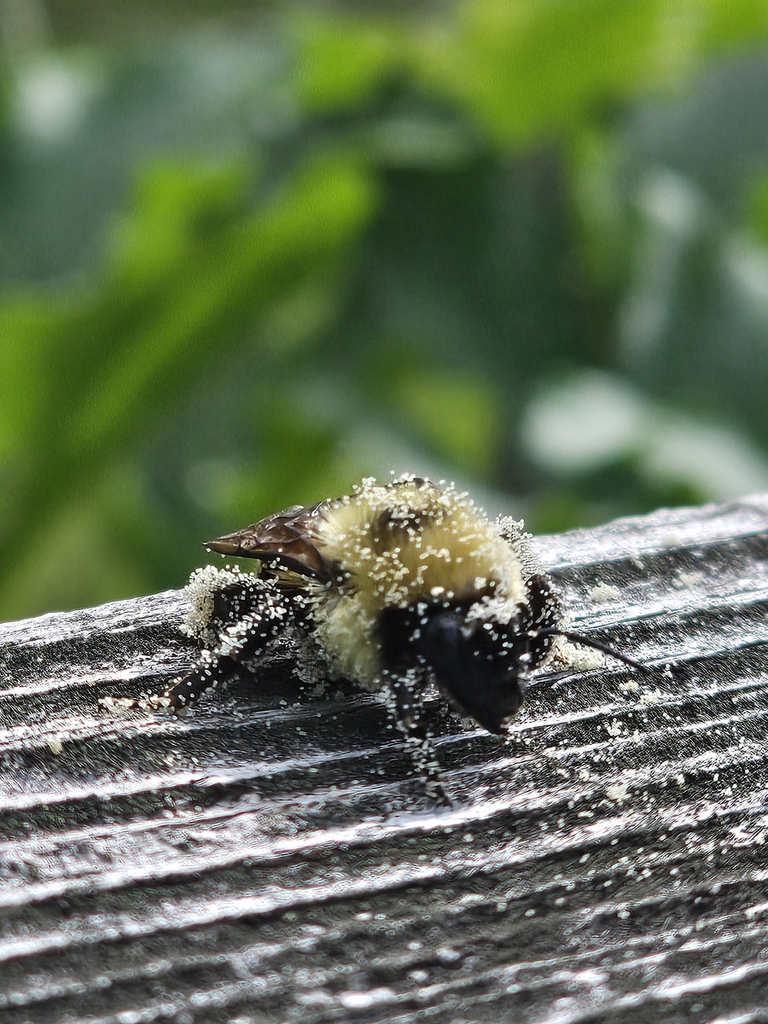
Getting Lost in the Tiny World: Samsung Galaxy S24 Ultra Macro Photography with Bumblebees
Sometimes the best adventures happen right in your own backyard. I stopped by my parents' place last weekend with no particular agenda, just killing time between bigger trips. Figured I'd hang out, maybe grab some food.
Walking past their garden, I noticed this one section where the bee balm was blooming. These chunky bumblebees were working the flowers hard. One bee caught my attention. He was completely covered in pollen - more than I'd ever seen on a single bee. Just coated in the stuff. I watched him move from flower to flower, totally focused on whatever bees focus on.
That's when I pulled out the Samsung Galaxy S24 Ultra to see if I could get some close-up shots. Turned out the phone's macro capabilities were better than I expected.

Why This Moment Hit Different
I've shot nature photography before, but macro work is different. These bees weren't putting on a show - they were just doing their thing, completely unaware I was there. Getting that close without disrupting them felt like watching something private.
The Galaxy S24 Ultra macro photography capabilities turned what could have been a casual backyard visit into a legitimate photo session. We're talking about getting within inches of these working bees and capturing details you'd never notice with the naked eye.
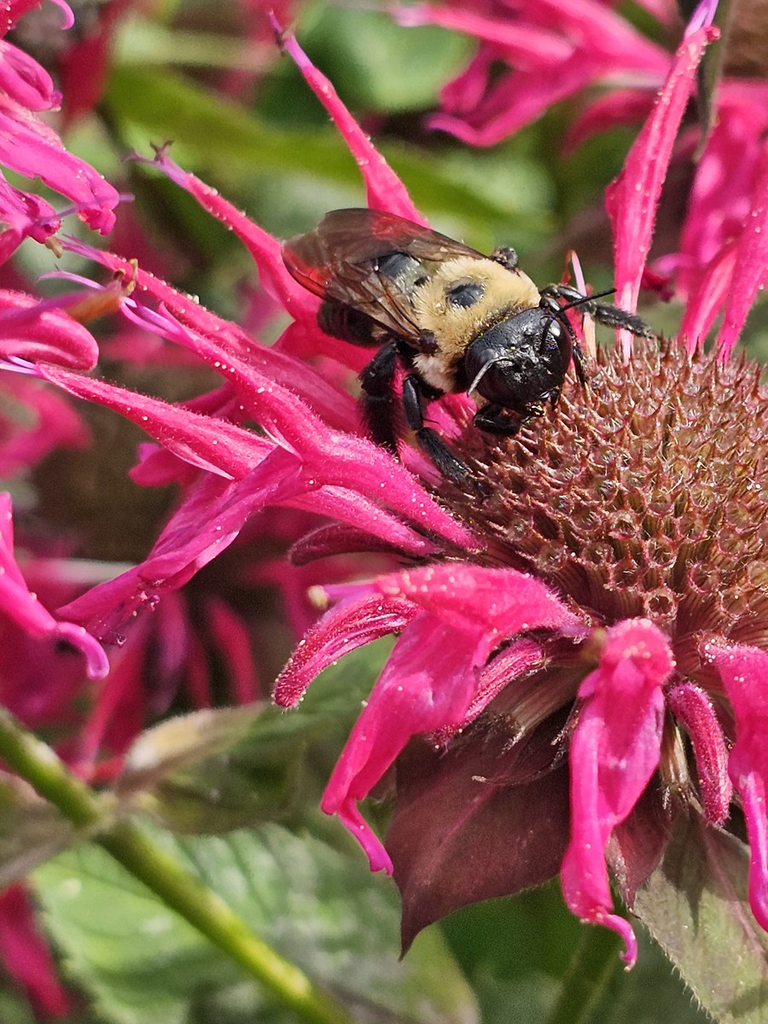
Breaking Down the Samsung Galaxy S24 Ultra's Macro Game
Let me tell you, Samsung didn't mess around with this camera system. The S24 Ultra packs a dedicated macro lens that lets you get ridiculously close to your subjects – we're talking about focusing distances as close as 3cm from your subject.
Here's what makes this setup work for close-up bee photography:
Ultra-Wide Macro Lens: The 12MP ultra-wide camera doubles as a macro shooter, giving you that flexibility to switch between wide shots of the entire garden and tight crops of individual bees.
Image Stabilization: Critical when you're handholding shots this close. Even the slightest movement gets magnified at macro distances, but the S24 Ultra's stabilization keeps things sharp.
Pro Mode Controls: Being able to manually adjust shutter speed and ISO makes a huge difference when dealing with fast-moving subjects like bees.
The phone automatically detected when I was close enough to switch to macro mode, but I found manually controlling the focus gave me better results when tracking moving subjects.
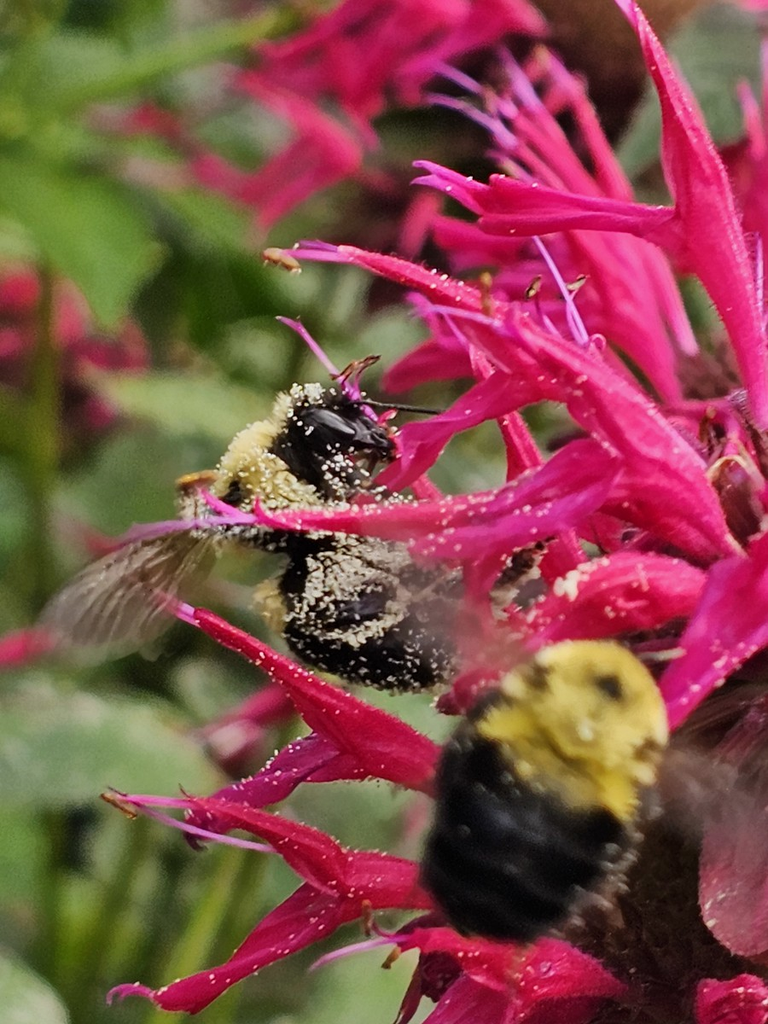
The Technical Challenge of Bee Photography
Bees don't exactly hold still for portraits. These guys are working machines, moving from flower to flower with purpose. The trick is anticipating their movement patterns rather than chasing them around with your camera.
I noticed they tend to spend 10-15 seconds per flower, methodically working their way around each bloom. That gives you a small window to frame your shot and nail the focus. The S24 Ultra's burst mode became my best friend – I'd watch a bee land, get positioned, then fire off a series of shots as it worked.
Pro tip: Don't try to get too fancy with angles on your first attempts. Plant yourself at bee level (literally crouching in the dirt) and let them come to you. Once you've got some solid shots, then start experimenting with different perspectives.
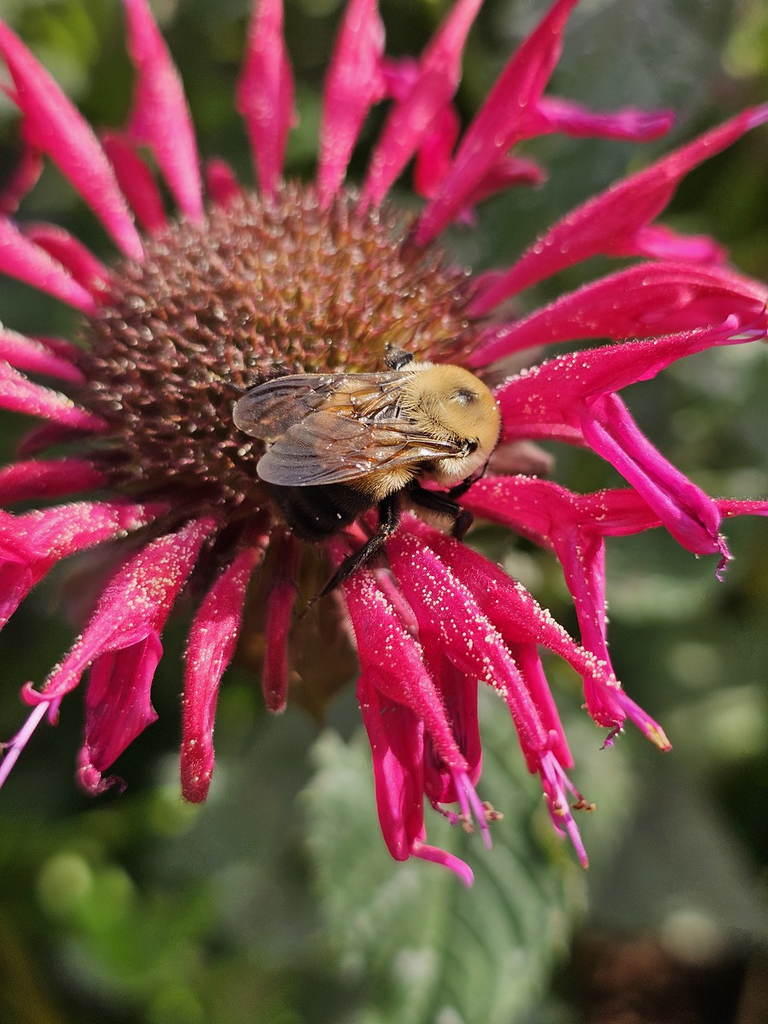
What I Learned About Bumblebee Behavior
Spending an hour focused on these tiny worlds taught me things I never would have noticed otherwise. That pollen-covered guy I mentioned? He wasn't just messy – he was incredibly efficient. Bumblebees actually use static electricity to attract pollen grains to their fuzzy bodies. Watching it happen in real-time through the macro lens was wild.
The bee balm flowers provided perfect contrast against the bees' black and yellow stripes. These plants are basically bee magnets, designed specifically to attract pollinators with their tubular flowers and abundant nectar. The bright red blooms created natural backdrops that made the bees pop in every shot.
I watched different bees work the same plants in completely different ways. Some methodically moved from bottom flowers to top, others seemed to randomly hop around. A few even appeared to have favorite flowers they'd return to multiple times.
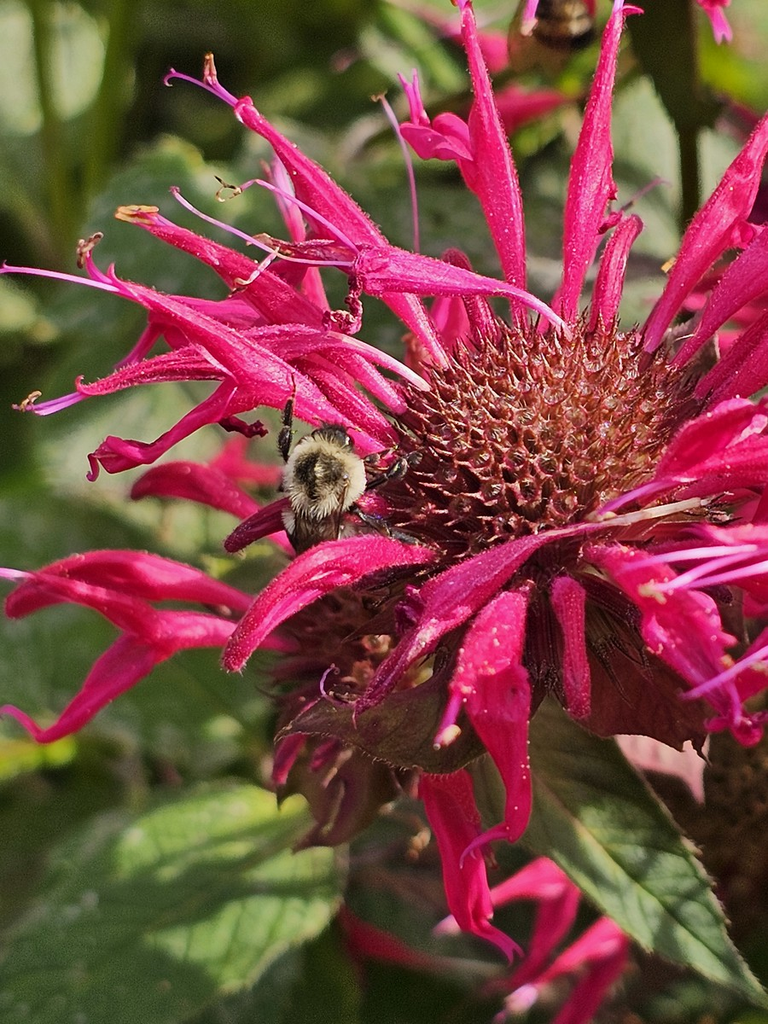
Camera Settings That Actually Worked
After burning through probably 200+ shots, here's what consistently delivered results:
Manual Focus: Auto-focus struggled with the busy background of flowers and leaves. Switching to manual focus and using the focus peaking feature made a huge difference.
Burst Mode: Essential for moving subjects. I'd typically get 2-3 sharp shots out of every 10-shot burst.
ISO 200-400: Kept noise low while maintaining fast enough shutter speeds to freeze bee movement.
Shutter Priority: Starting around 1/250th second, bumping up to 1/500th when bees were particularly active.
The S24 Ultra's computational photography really shines in macro mode. Even when I didn't nail the exposure perfectly, the phone's processing pulled detail out of shadows and controlled highlights better than I expected.
The Gear Reality Check
Here's the thing about smartphone macro photography – you're not going to match a dedicated macro lens setup, but you don't need to. The convenience factor is huge. I had my phone with me anyway, and the quality was more than good enough for sharing online or even making decent prints.
The main limitation is working distance. Getting 3cm from a bee means you're basically breathing on them. Surprisingly, the bees didn't seem to care much about the phone, but sudden movements definitely spooked them.
Battery life took a hit during extended shooting sessions. The constant autofocus hunting and image processing drains power faster than casual photography. Worth bringing a portable charger if you plan to spend serious time shooting.

Beyond the Technical Stuff
What struck me most wasn't the camera performance – it was how this simple activity completely shifted my perspective on a regular afternoon. Instead of scrolling through social media or thinking about work stress, I spent an hour completely focused on these tiny creatures going about their business.
There's something meditative about macro photography that forces you to slow down and really observe. You start noticing details that would normally blur past – the way pollen sticks to leg hairs, how bee wings catch the light, the organized chaos of a busy flower patch.
Making This Work for Your Own Backyard Adventures
You don't need exotic locations or expensive gear to create compelling photography. Most suburban yards have something worth exploring up close – flowers, insects, interesting textures, or patterns you've never really noticed.
Start simple: Find a flowering plant in your area and spend 30 minutes just watching what shows up. Bees, butterflies, beetles – there's usually more activity than you'd expect.
Time it right: Late morning to early afternoon seems to be peak bee activity. Avoid windy days if possible – both for bee activity and camera stability.
Respect the wildlife: Keep a respectful distance and never interfere with natural behavior for the sake of a photo.
The Galaxy S24 Ultra makes this type of photography accessible to anyone willing to get down in the dirt and spend some time observing. No need for expensive macro lenses or complicated setups.
Where This Leads
That afternoon shooting bees got me thinking about all the small adventures hiding in plain sight. Every yard, park, or green space has its own ecosystem worth exploring. Sometimes the most interesting discoveries happen when you're not trying to travel somewhere exotic – just paying attention to what's already around you.
The S24 Ultra proved it's capable of serious macro work without the bulk and complexity of traditional camera gear. For travelers who want to pack light but still capture detailed shots, this phone delivers.
Next time you're between big adventures, grab your phone and start looking closer at the world around you. You might be surprised what you discover when you zoom in instead of rushing past.
What's the smallest world you've explored through photography? Drop a comment and let me know what hidden details you've discovered in your own backyard.
You can check out this post and your own profile on the map. Be part of the Worldmappin Community and join our Discord Channel to get in touch with other travelers, ask questions or just be updated on our latest features.